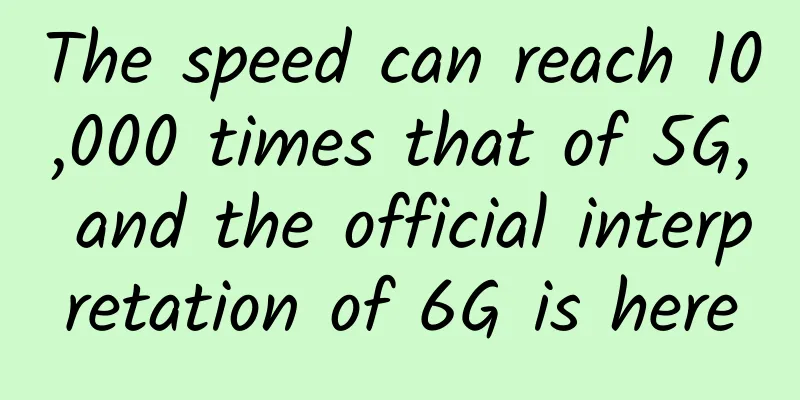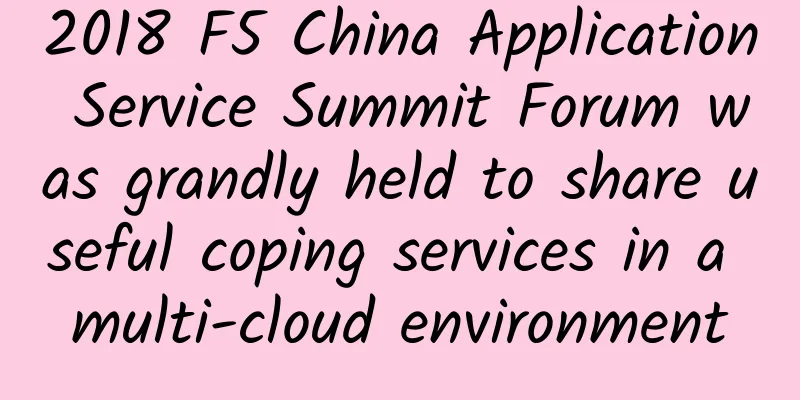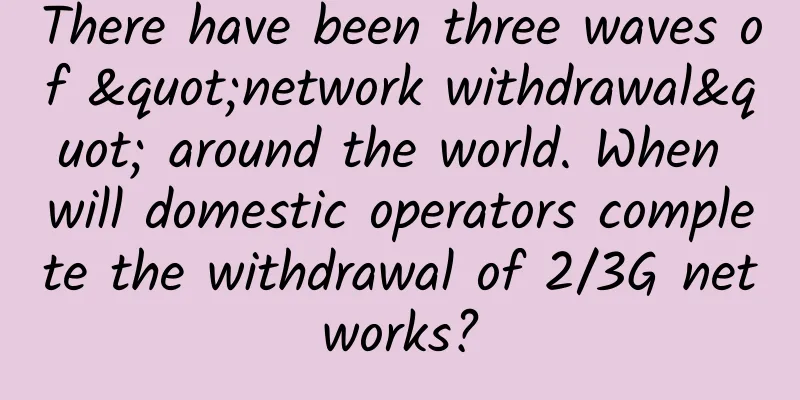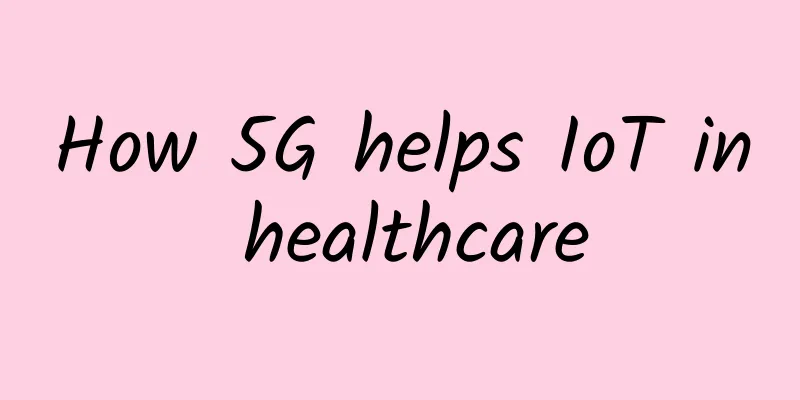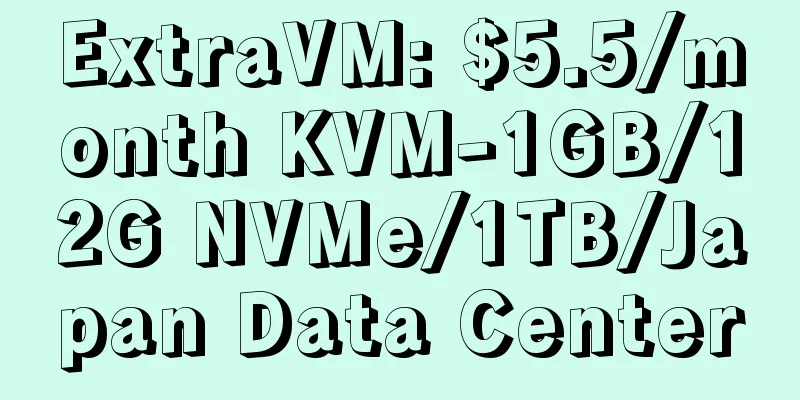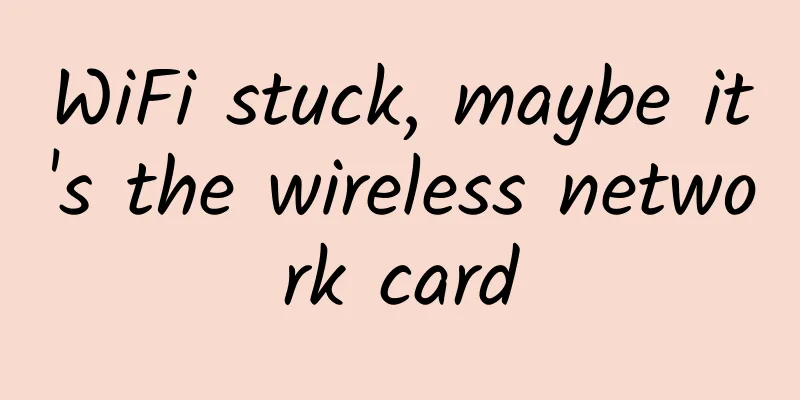Omdia Observation: TIP open core network plan is progressing slowly

|
According to the latest report from market research firm Omdia, the TIP Open Core Network Group (OCNG) is developing open, cloud-native and converged core network specifications for 4G, 5G, WiFi and shared spectrum networks. Omdia senior principal analyst Chris Nicoll pointed out that in the context of 5G deployment in more than 130 countries, these specifications lag behind market development and lack support for 2G and 3G networks, thus hindering emerging market applications.
The Open Core Initiative is a Long Time ComingTIP has expanded the scope of open networks to all elements of the network, including the mobile core. However, the V1 specification of the 4G/5G Open Core Initiative, updated in September 2020, currently excludes nearly two-thirds of the global mobile market that relies on legacy 2G and 3G technologies. TIP's move is long overdue for Rakuten, a pioneer and representative of open networks that has worked with NEC to design and develop an open, cloud-native core network. Rakuten will push its work to OCNG, but TIP has lost a key opportunity to develop open core network specifications. The TIP specification is also late for the 132 countries that have deployed 5G networks as of the fourth quarter of 2020, according to Omdia’s 5G Tracker. While that’s a fraction of the 742 operators that operate 4G networks, the question remains: what markets are the open core initiatives targeting? North America has nearly as many 5G networks (eight) as Latin America and Africa combined (10), so there seems to be an opportunity to change the way 5G networks are deployed in Latin America, South America, Africa, and Southeast Asia. These countries need to integrate their legacy 2G and 3G networks (which typically provide significant roaming and IoT revenues) with 4G and 5G. There are already 15 companies that have announced 5G core network (5GC) solutions, so this is not an emerging market. Ericsson, Huawei, Nokia, Samsung and ZTE are all shipping 5G core network products, as are Microsoft's Affirmed and Metaswitch, and other smaller vendors. TIP will need to quickly aggregate its specifications to meet the needs of the next wave of 5G network upgrades and deployments. TIP needs to demonstrate complete solutionOperators need to understand the ultimate goal of virtualized, cloudified networks to make planning and investment decisions. The challenge is that TIP's open network initiatives, including OCNG, appear to be a collection of individual elements rather than an operational vision of what a telecom operator's open network will look like (and how it will operate) once all the specifications are completed. TIP's leadership in open networking is being challenged by the Open Networking Foundation (ONF), which has developed competing specifications for access, MEC and EPC and has already received support for its Open Enhanced Packet Core from T-Mobile Poland and Sprint/T-Mobile in the U.S. Compared to TIP, ONF does not offer a comprehensive portfolio of open networking specifications, but instead focuses on access/edge networks. ONF has not yet announced 5G core network specifications. TIP's open core plan is still in the 1.0 version of the technical requirements, and Omdia expects that future updates will greatly refine the technical and market focus, including 2G/3G integration opportunities. Operators and suppliers in these markets will certainly take notice and incorporate open core specifications into their plans. But TIP needs to bring these elements together to show what the open network of the future will look like. Virtualization and cloudification break down the silos of hardware and software products, creating a more agile network across a broader ecosystem of vendors. However, to achieve the best results, horizontal solution silos need to be broken down (not just vertical product solution silos). TIP should provide the industry with a vision to work towards and provide the overall platform to guide TIP initiatives towards a common goal - an open telecom network. And it needs to move fast. |
>>: Emergen research: By 2028, the global IoT chip market is expected to reach US$34.74 billion
Recommend
EDA event-driven architecture and EventBridge
Today's more successful companies have realiz...
Dissecting an HTTP POST request incident
Author: Wei Ling, vivo Internet Server Team This ...
UDP protocol - just read this article
Every programmer should know TCP and UDP protocol...
spinservers: 10Gbps high-end San Jose server, $109/month, dual E5 2650Lv3/64GB/1.6T SSD hard drive
spinservers is a site under Majestic Hosting Solu...
iWebFusion: $99/month - Dual E5-2670, 128G memory, 500G SSD hard drive, 20TB monthly traffic, 5 data centers including Los Angeles
I have shared iWebFusion many times in my blog. I...
H3C focuses on new infrastructure to safeguard 5G commercial use
The current "new infrastructure" boom i...
KVMLA Japan/Singapore dedicated server monthly payment 30% off, 595 yuan/month E3-1230v3, 16G memory, 480G SSD, 20M bandwidth
KVMLA has launched a special promotion for dedica...
Can you afford a 5G terminal that costs over 10,000 yuan?
Everyone wants to be the first to experience the ...
If only the Canvas tag is left
[[420999]] 1. Background If only the canvas tag i...
RAKsmart: 35% off all VPS hosting, monthly payment starting from $1.95, CN2/AS9929 available in US/Japan/Korea/Hong Kong/Germany data centers
RAKsmart provides VPS hosts with 35% discount and...
Maxthon host 20% off, Hong Kong CN2/Korea CN2/Los Angeles CN2 and other 2G memory starting from 56 yuan per month
It has been a while since I shared information ab...
How to future-proof your home network with FTTR
The demand for high-speed internet and seamless c...
[Black Friday] RackNerd: VPS starts at $10.18/year, dedicated servers start at $59/month, multiple data centers in Los Angeles/San Jose/Utah, etc.
Just after Double Eleven, RackNerd released Black...
The three major operators have cancelled data roaming charges, and data charges still have room for reduction
Recently, China Mobile, China Telecom and China U...
AI and 5G synergy: Unleashing the full potential of the digital age
In the evolving technology landscape, two breakth...
